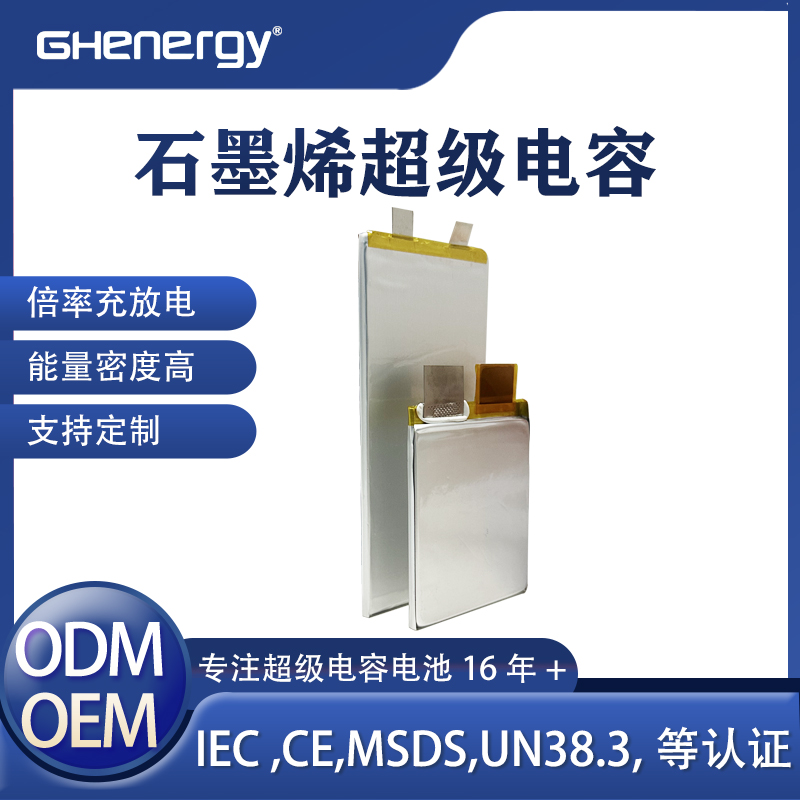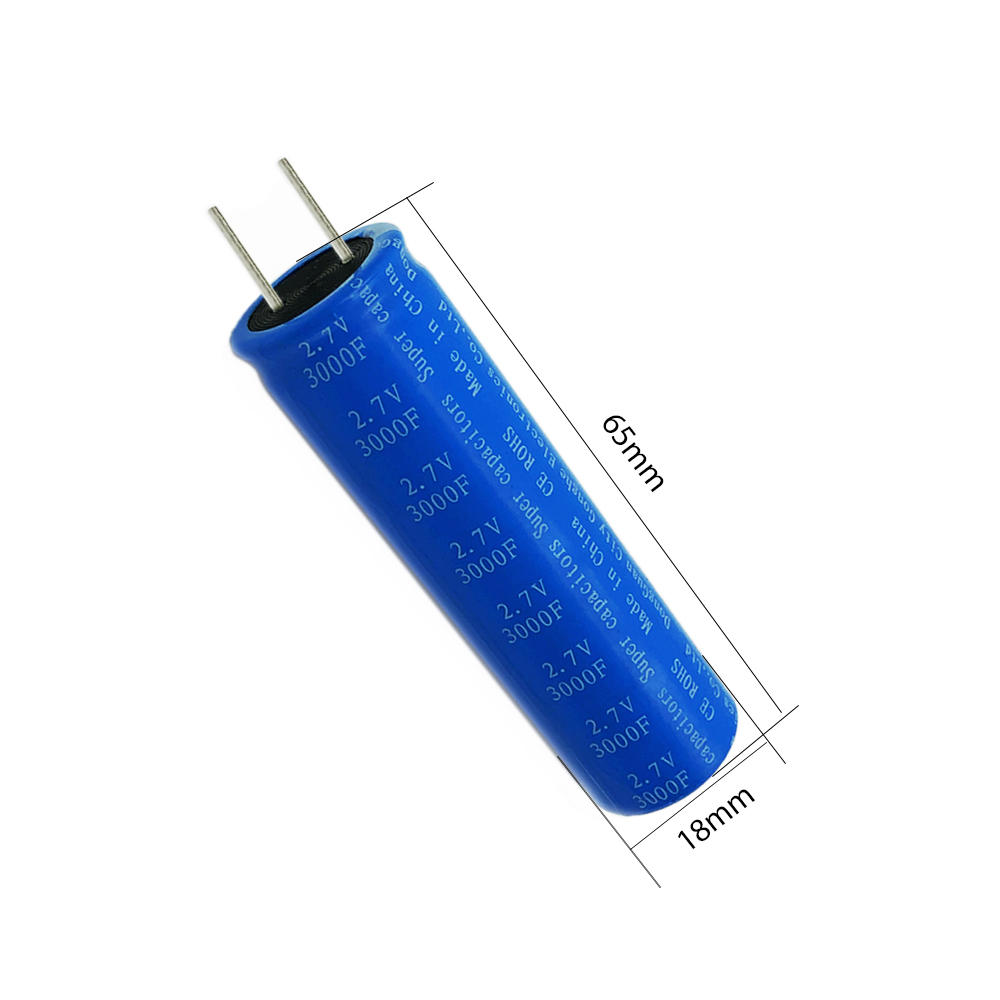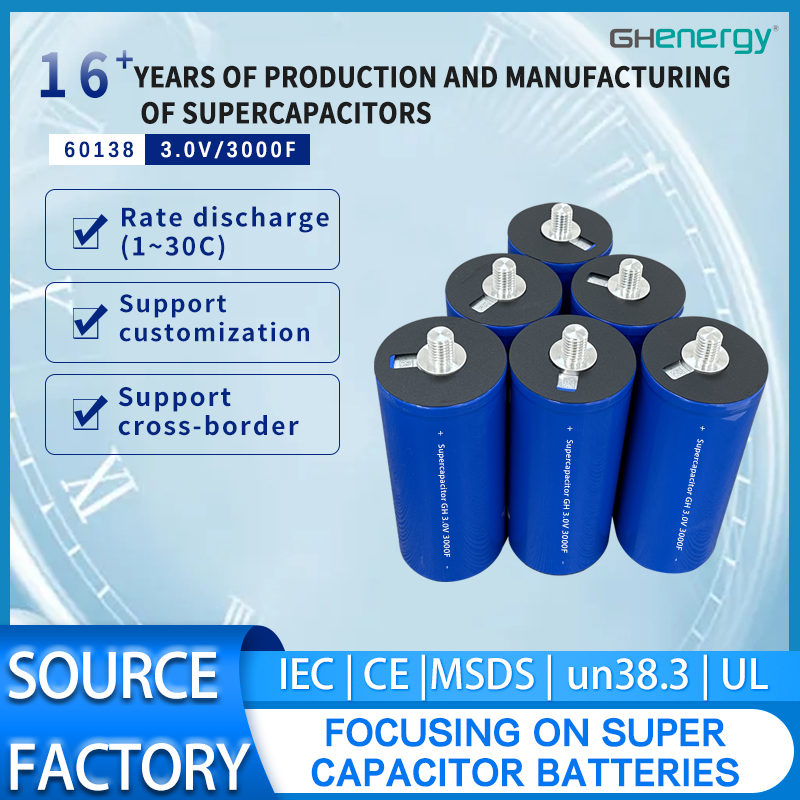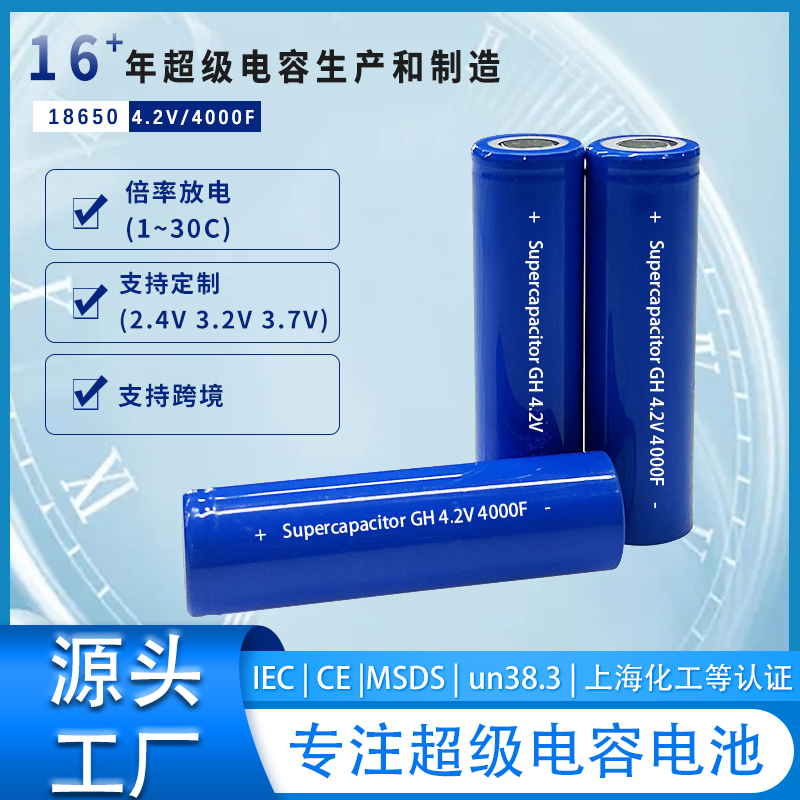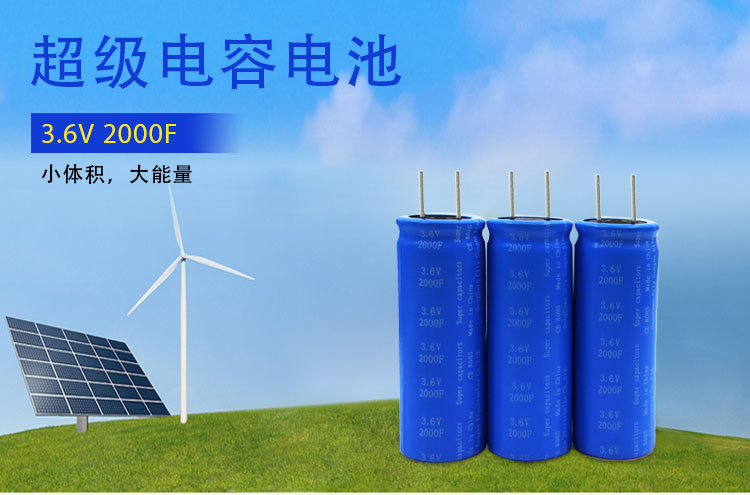Wedoany.com Report-Nov 15, The US Department of Energy (DOE) Office of Environmental Management (EM) has awarded the Portsmouth Paducah Project Office (PPPO) Operations and Site Mission Support Services (OSMS) contract to Mission Conversion Services Alliance (MCSA) of Oak Ridge, Tennessee. The contract is for work at the Paducah Site in southwest Kentucky, Lexington Field Office in northeast Kentucky and Portsmouth Site in southern Ohio. This was formerly known as the Depleted Uranium Hexafluoride (DUF6) contract.
MCSA is a newly formed limited liability company comprising Atkins Nuclear Secured, Westinghouse Government Services and Jacobs Technology. Teaming subcontractors are Swift & Staley and Akima Centerra Integrated Services.
The cost-plus-award-fee contract with indefinite delivery and indefinite quantity contract line items is valued at $2.3bn. It has a transition period of 120 days and a base contract period of five years with two additional option periods – for three years and two years – for a maximum contract length of 10 years and four months. EM selected MCSA after evaluating the four proposals submitted in response to the solicitation.
Work under the new contract will include, but not be limited to, consolidated uranium material processing, cylinder management and operations, and mission support. Examples of the mission support work to be performed include the site emergency management program, utilities operations, fire services, protective force, nuclear material control and accountability, and the criticality accident alarm system at the Portsmouth Site.
To focus the new Portsmouth decontamination and decommissioning (D&D) contractor on end state completion, operations under the D&D contract with Fluor-BWXT Portsmouth will transfer to the OSMS Contract. This work will include utilities, emergency management, physical security, uranium transfers, and nuclear material control and accountability.
Operations under the Paducah Deactivation and Remediation contract with Four Rivers Nuclear Partnership will also transfer to the OSMS contract. This work will include utilities, emergency management, physical security, and nuclear material control and accountability. To ensure a smooth transition of scope and workforce, the transition periods for the new OSMS and D&D contracts will be aligned. DOE says effective scope and transition alignment between the contracts is necessary for workforce continuity and will allow for a more strategic focus on the work at the Portsmouth Site. “With continued stable funding for the OSMS sites, no site workforce impacts are expected with transition to the OSMS contractor. Competitive and comparable benefits will also continue under the new contracts.
For more than 30 years, EM has focused on addressing the environmental legacy of nuclear weapons development and nuclear energy research that took place during World War II and the Cold War. For more than 60 years the DOE Gaseous Diffusion Plants enriched uranium for use in nuclear weapons and later began supplying enriched uranium to the commercial nuclear industry.
DUF6 is a co-product of the uranium enrichment process that operated at the Paducah and Portsmouth Sites, as well as the gaseous diffusion plant in Oak Ridge. The DUF6 Conversion Project provides for the operation of facilities at the PPPO Sites in Ohio and Kentucky to convert the stored DUF6 into depleted uranium oxide, a more stable chemical form that can be reused, stored, or sent for disposal. A coproduct of the conversion process is hydrofluoric acid (HF), which is reused industrially.
There are approximately 800,000 tonnes of DUF6 at the two sites. The Portsmouth DUF6 inventory is expected to be processed in approximately 18 years and Paducah’s larger inventory within 30 years.
DUF6 is a solid at ambient temperatures and is stored in large metal cylinders. Cylinders are stored in outdoor facilities, commonly referred to as cylinder storage yards. The inventory varies from time to time, as a result of DOE agreements to receive or market DUF6. Stored as a crystalline solid at less than atmospheric pressure, when DUF6 is exposed to moisture in the atmosphere, hydrofluoric acid and uranyl fluoride form. The compounds form a hard crystalline solid that acts as a self-sealant within the storage cylinder.
The mission of the DUF6 Cylinder Program is to safely store the DOE-owned DUF6 inventory until its ultimate disposition. DOE has an active cylinder management programme that includes cylinder and cylinder yard maintenance, routine inspections, and other programmatic activities such as cylinder corrosion studies. The program maintains a cylinder inventory database that serves as a systematic repository for all cylinder inspection data.

